Haemaru healingsoup [Korea Quality] / 해마루 힐링숲 [한국관광 품질인증]
0m 5747 2020-12-12
108-35, Donghae-gil Bukpyeong-myeon, Haenam-gun, Jeollanam-do
+82-10-2332-6303
'Haemaru Healing Forest is a guesthouse situated at the foot of Duryunsan Mountain, Haenam in front of Wondo Beach and surrounded by a cypress grove. The mountain, cypress grove, and beach are all visible from the main floored hall room. For this reason, many of the guests who stayed here say that the picturesque view seems to change day by day. The town where the guesthouse is located is specially designed as a 'hanok village,' consisting mostly of traditional Korean houses of Jeollanam-do. It is also widely known as 'Haenam Kimchi Village' because of their famous cabbages, which are grown in the natural environment and are used to make kimchi. Specifically, there are three villages in this area: 'Green Experience Village,' 'Farm Stay Village,' and 'Resort Village.' There is a public swimming pool in the area managed by the villagers and is very popular among visitors, with ticket sales reaching KRW 100,000,000 a year. One of the advantages of staying at this guesthouse is that it’s within a one-hour ride to a number of popular nature destinations such as Wando Cheongsando Island, Gangjin Dasan Chodang, Jangheung Cheongwansan Mountain, Woodland, and Yeongam Wolchunsan Mountain. Haenam is known as one of the best regions of Korea for enjoying the famous Jeolla-do cuisine, so visitors to Haenam are advised to try the local food. The villagers built these traditional Korean guesthouses so that their visitors can have a day of relaxation in nature, away from their hectic city life. With this mind, they used natural pinewood and red clay from Gangwon-do to build authentic traditional Korean houses and utilized traditional Korean tiles from Goryeong. The name 'Haemaru Healing Forest' was given by the owner of the guesthouse, with the subtitle 'A place where you can tell your story.' The guesthouse buildings are in 'ㄱ' shape. The main building, called 'anchae' in Korean, has floor area of 72m², which is big enough for up to 25 people. There are two rooms, a large living room, and a kitchen in this building. The rooms are furnished with sofa, television, air conditioner, refrigerator, and table just like an ordinary home so that guests can feel at home during their stay. The 'bakkatchae,' or 'detached house,' is a single room with capacity of 6 and is furnished with air conditioner and bathroom. The guesthouse is owned by a couple who still work in Seoul and need to travel back and forth between Seoul and Haenam frequently. They're both nature lovers, so their most favorite place in the house is the kitchen garden where they cultivate their own organic lettuce, perilla leaves, and chili peppers. The kitchen garden is open to guests who want to try the homegrown organic vegetables. Various experience programs are offered here as well, such as yunnori, dadeumi, jwibulnori, and kimchi making. Jwibulnori is a traditional Korean game played on the eve of Daeboreum or First Full Moon Day, where people burn dry grass on the ridges of rice paddies and fields and others spin cans of flames attached to the end of a stick or a sling. For safety reasons, this game is played with the consent and participation of the villagers, so be sure to ask the owner of the guesthouse when the game is played. It’s free for groups of more than 10 people. As for the kimchi-making class, it is offered by the guesthouse owner's younger brother and sister-in-law who live and run a kimchi factory in the village. They will teach you how to make kimchi, step-by-step, start to end. The kimchi-making class is a paid program, so be sure to ask the guesthouse owner how much and when the class is held.
Seoladawon [Korea Quality] / 설아다원 [한국관광 품질인증]
4.1 Km 10534 2023-04-13
153-21, Samseong-gil, Bugil-myeon, Haenam-gun, Jeollanam-do
+82-61-533-3083, +82-10-7616-6129
Located at the foot of Mt. Duryunsan in Haenam, Jeollanam-do Province, Seola Dawon is committed to preserving and inheriting the tea culture and nature of the region. The owner began to cultivate this place after hearing the concerns about the absence of a person who would inherit the tea culture of this region from a Buddhist monk he met at Iljiam Hermitage of Daeheungsa Temple in Haenam in 1996. Meanwhile, nine young men who studied tea together cultivated the green tea field in Haenam and built houses. After that, people who had affection for teas began to visit Seola Dawon. Since there were no decent accommodations for people who came from afar, they built eight Korean traditional-style houses in all including a Sarangbang made with stones, the earthen house, the wall-frame house, and the earthen bag house. The Korean traditional-style house was built in 2003 as a cultural space and later remodeled into rooms for the operation of Hanok Stay.
Parc Provincial du Mt. Duryunsan (두륜산도립공원)
4.7 Km 25276 2021-05-24
400, Daeheungsa-gil, Haenam-gun, Jeollanam-do
+82-61-530-5543
Contenant de nombreux temples bouddhistes et les ruines, ainsi que des paysages spectaculaires, le MT 703 de haut. Duryunsan est situé au point le plus méridional de la péninsule coréenne. Formé par subtropicales et tempérées feuillus vert des arbres feuillus, la montagne est une très grande valeur pour l'observation de chorologie usine. En outre, la mer Egée à la mer de l'Ouest et du Sud peut être vu un coup d'œil au sommet de huit montagnes, bien que les vastes champs de roseaux couvrent de nombreux domaines.
Au cours de la cinquième année du règne du roi Jinheung's (514), prêtre bouddhiste, Ado, construit Daedunsa Temple, qui est un lieu de grande valeur historique car elle est également liée au prêtre bouddhiste, Seosan. Le temple est fièrement parmi les forêts denses, composée d'érables et de camélias. À couper le souffle paysages des vallées et des arbres touffus on peut le voir sur les deux côtés de la route 2 kilomètres menant au temple.
Temple Daeheungsa [Patrimoine mondial de l'UNESCO] (대흥사)
4.7 Km 9191 2020-12-22
400, Daeheungsa-gil, Samsan-myeon, Haenam-gun, Jeollanam-do
+82-61-534-5502
Le temple Daedunsa est situé dans le Parc Provincial Duryunsan et fut originellement construit par un moine de Shilla, Adohwasang, dans la quatorzième année du règne du Roi Muryeong pendant la Dynastie Baekjae et il a continuellement été remodelé par la suite. Le prêtre bouddhiste Seonsa, souhaitait que le temple soit un lieu sacré et paisible et a symboliquement demandé à ses disciples, Samyeongdang Yujeong et Nyemukdang Choeyeong, de laisser son costume bouddhique ainsi que son bol de riz au sein du temple. Le temple prospéra plus tard et produisit des prêtres bouddhistes, 13 Daejongsa et 13 Daegangsa. Le nom de Daedunsa a été rétabli en 1993 after qu’il fut nommé Daeheungsa durant l’occupation japonaise.
Téléphérique du mont Duryusan (두륜산케이블카)
6.7 Km 38328 2023-03-24
88-45, Daeheungsa-gil, Samsan-myeon, Haenam-gun, Jeollanam-do
+82-61-534-8992
Le mont Duryunsan (703mètres) est un des monts les plus fameux de la province Jeollanam-do. Composé de 8 sommets, le lieu abrite de nombreux temples ainsi que des sites historiques. Le mont est aussi réputé pour préserver une grande richesse en matière de faune et de flore. Le plus haut sommet peut être atteint après 2 à 3 heures de marche depuis le temple Daeheungsa. Vous pouvez aussi emprunter le téléphérique Daeryunsan (environ 8 minutes de trajet). Depuis le sommet, vous pourrez apprécier Dadohae (une mer composée d’îles), ainsi que la montagne Hallasan sur l’île de Jeju les jours de beau temps. Vous pourrez aussi profiter des nombreuses attractions touristiques aux alentours avec notamment le musée des dinosaures Uhangri, le village touristique Usuyeong et le village Ttangkkeut.
Jeonju Sikdang (전주식당)
6.7 Km 24728 2021-10-16
170, Daeheungsa-gil, Haenam-gun, Jeollanam-do
+82-61-532-7696
Jeonju Sikdang is a noted restaurant for Haenam folk cuisine. It was designated by the Korean Traditional Culture Preservation Society after
getting many awards, such as Special Culinary Award.
The main items on the menu are pyogo jeongol (shitake mushroom hot pot) and sanchae jeongsik (set menu with seasoned wild vegetables). In particular, the restaurant's signature pyogo jeongol uses ingredients that are all prepared in house using organic shitake mushrooms, beef, Manila clams, along with other seafood and vegetables, giving it a clean and rich taste. The theme of the restaurant, “Enjoying natural dishes in the mountains,” fits perfectly with the taste of their mushrooms, which carries a excellent taste without the addition of any artificial seasoning. The restaurant also sells dongdongju (traditional Korean liquor), a drink that brings deeper flavors of the food.
Village de Gurim de Yeongam (영암 구림마을)
7.5 Km 2742 2016-03-10
Gunseo-myeon, Yeongam-gun, Jeollanam-do
+82-61-472-0939
Situé au sud du pied du mont Wolchulsan à Yeongam-gun dans la province du Jeollanam-do, Gurim Maeul est un village vieux de 2 200 ans qui a été établi à l’époque des royaumes confédérés de Samhan (les Trois Etats de Han).
Gurim Maeul a été le théâtre de nombreuses histoires et bien des personnages historiques y ont vu le jour. C’est un magnifique village très intéressant du point de vue naturel, historique et culturel.
En particulier, 96 maisons traditionnelle incluant Anyongdan, Wolindang, Gukamsa et Anhyeongung permettent aux visiteurs non seulement de séjourner dans une maison traditionnelle coréenne, mais également de participer à de nombreuses activités, parmi lesquelles de l’artisanat de papier, un mariage traditionnel, la fabrication de gâteaux de riz en pilonnant le riz avec un gros maillet, de l’artisanat en paille, la pêche et la baignade. La ville acueille également de nombreux festivals locaux comme le festival des fleurs de cerisier à Wangin et le festival des chrysanthèmes.
Temple Mihwangsa (미황사)
8.0 Km 6122 2021-08-10
164, Mihwangsa-gil, Songji-myeon, Haenam-gun, Jeollanam-do
+82-61-533-3521
Construit pendant la huitième année du règne du Roi Gyeongdeok de la Dynastie Shilla (749), le temple Mihwangsa est situé sur le flanc gauche du mont Dalmasan (489m), à l’extrême sud de tous les temples de la péninsule coréenne. Le beau coucher de soleil et la vue du mont Dalmasan à partir du temple attirent de nombreux touristes.
Geomokjang Minbak Lodging [Korea Quality] / 거목장민박 [한국관광 품질인증]
8.3 Km 135 2023-04-13
63, Minbakchon-gil, Haenam-gun, Jeollanam-do
+82-61-535-1456
Geomokjang Minbak Lodgings is located in Museon-dong Hanok Minbak Village at the end of Duryunsan Mountain. Having been designated as a Hanok Minbak Village for the first time in Haenam in 1977, it is situated on the way to the famous tourist attraction, The thousand-year-old temple Daeheungsa is a good base for visitors of Haenam. Geomokjang Minbak is a traditional ㄷ-shaped Hanok and has been operated as lodgings since 1999. There are seven modernly renovated rooms with bathrooms and comfortable beddings. Made from Korean red pine, Geomokjang or House Made from Big Tree is dark brown with the pillars, rafters, and everything else in the same color. The polished Daecheongmaru or the main floor, traditional doors with traditional paper, low stone walls, and broad field beyond that are elegant and graceful. In the middle of the yard is a flower garden with dwarf trees. The owner, who has a green thumb, holds a dwarf tree-making activity for guests as well. It costs KRW 5,000 ~ 10,000 depending on the type of tree, and the completed dwarf tree is free to take home.
Arboretum de Wando (완도수목원)
8.9 Km 31973 2021-07-09
156, Chopyeong 1-gil, Wando-gun, Jeollanam-do
+82-61-550-1544
Cet arboretum se situe à Gunoe-myeon (comté de Wando, province de Jeollanam-do) et a été ouvert en avril 1991. C’est le seul arboretum tempéré de Corée. Ce site expose harmonieusement essences forestières coréennes et internationales.
![Haemaru healingsoup [Korea Quality] / 해마루 힐링숲 [한국관광 품질인증]](http://tong.visitkorea.or.kr/cms/resource/35/2049835_image2_1.jpg)
![Seoladawon [Korea Quality] / 설아다원 [한국관광 품질인증]](http://tong.visitkorea.or.kr/cms/resource/63/2584863_image2_1.jpg)
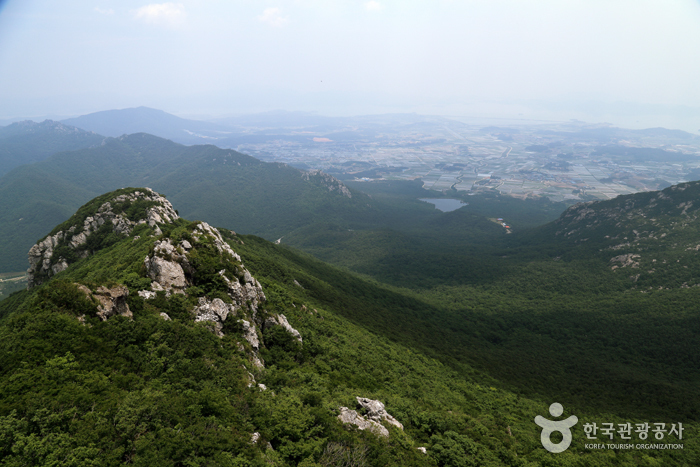
![Temple Daeheungsa [Patrimoine mondial de l'UNESCO] (대흥사)](http://tong.visitkorea.or.kr/cms/resource/09/1929609_image2_1.jpg)
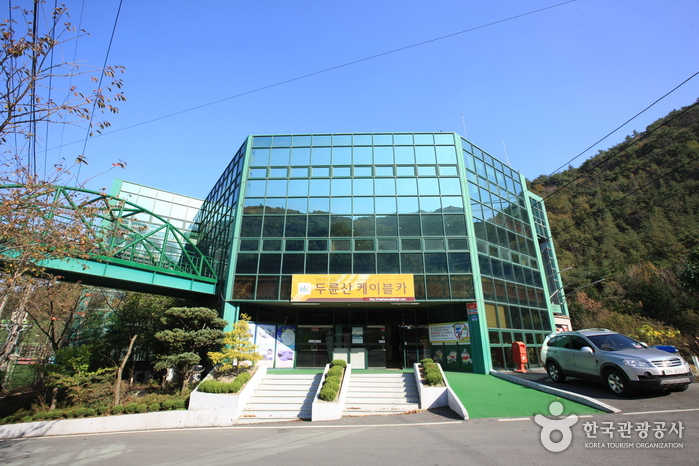
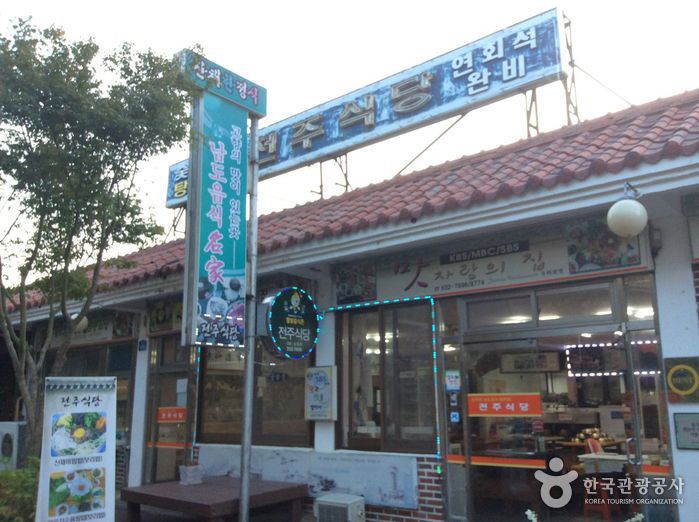
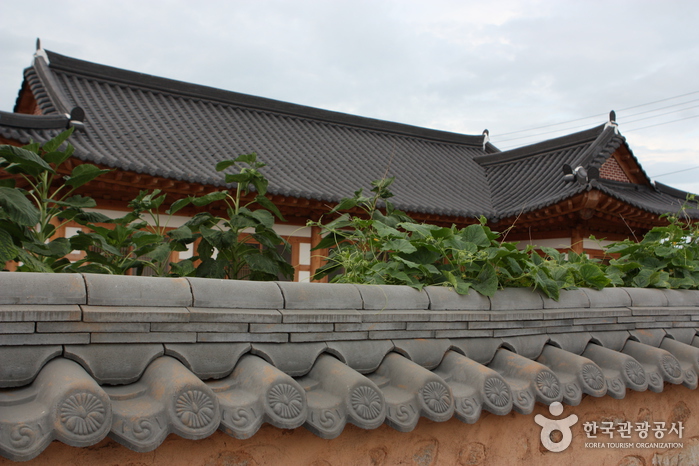
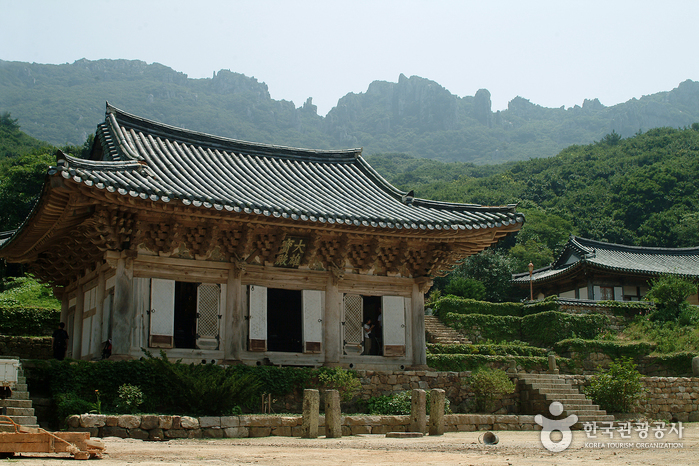
![Geomokjang Minbak Lodging [Korea Quality] / 거목장민박 [한국관광 품질인증]](http://tong.visitkorea.or.kr/cms/resource/69/2632869_image2_1.jpg)

 Français
Français
 한국어
한국어 English
English 日本語
日本語 中文(简体)
中文(简体) Deutsch
Deutsch Español
Español Русский
Русский